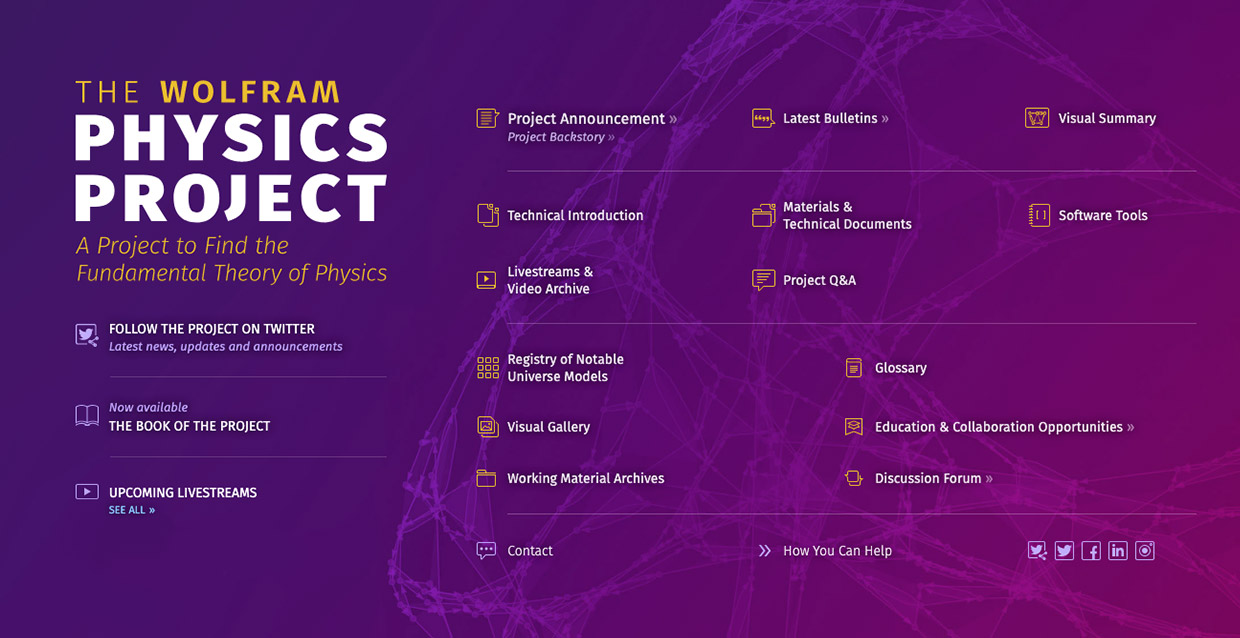
### Guidobaldo dal Monte: The Sixteenth-Century Scholar Who Influenced Galileo’s Brilliance
The narrative of science is frequently highlighted by the pivotal roles of individuals whose contributions, though occasionally eclipsed by more illustrious peers, serve as essential foundations for the progression of knowledge. One such individual is **Guidobaldo dal Monte (1545–1607)**, a polymath and mathematician whose significant work in mechanics, mathematics, and optics placed him among the primary influences on Galileo Galilei, widely regarded as the father of modern physics.
### A Man of Noble Heritage and Remarkable Education
Guidobaldo dal Monte was born into a wealthy and prominent family in **Pesaro**, located within the Duchy of Urbino. His father, Ranieri, a seasoned soldier and specialist in military architecture, authored two notable texts on the topic. Ranieri’s military feats granted him the title of Marchese (Marquis) from Duke Guidobaldo II della Rovere, a celebrated patron of artistic and scientific endeavors. This cultural environment—characterized by a deep-rooted tradition of supporting intellectual activities—allowed dal Monte to thrive in a setting that valued the arts, science, and learning.
In 1564, dal Monte enrolled at the esteemed **University of Padua**, where he received comprehensive training in mathematics. He subsequently studied under the esteemed mathematician **Federico Commandino (1509–1575)**, whose translations of ancient Greek mathematical texts—especially those of Archimedes and Pappus of Alexandria—were instrumental in the Renaissance revival of classical mechanics and geometry. Under Commandino’s tutelage, dal Monte firmly embedded himself in this scholarly tradition, which would greatly influence his lifelong work.
After concluding his educational journey, dal Monte briefly engaged in a military career, serving in Hungary amid conflicts between the Habsburg Empire and the Ottoman Empire. Nevertheless, his true passion resided in intellectual endeavors. Upon returning to his family’s estate in Montebaroccio (modern-day Mombaroccio), dal Monte dedicated himself to the advancement of mathematics, mechanics, astronomy, and optics.
—
### Advancements in Linear Perspective and Optics
Although dal Monte’s reputation is chiefly linked to mechanics, he also made considerable advancements in the study of **linear perspective**, a field straddling mathematics and visual arts. In **1600**, he published *Perspectivae Libri Sex* (*Six Books on Perspective*), the first comprehensive, geometric exploration of linear perspective. This work became a seminal text, providing clear and systematic demonstrations that enhanced Piero della Francesca’s prior studies on the subject.
One of dal Monte’s most remarkable accomplishments in this area was his formal definition of the **vanishing point**, a fundamental element of Renaissance artistry and a central concept in optics and geometric representation. Although he did not fully complete his work on the associated idea of the vanishing line, its effects were felt by subsequent scholars.
Dal Monte’s insights into linear perspective and optics not only broadened scientific understanding but also fueled the artistic revolution of the Renaissance, assuring that mathematics retained its significance as a means for cultural and creative exploration.
—
### Guidobaldo dal Monte and the Mechanics Revolution
Central to dal Monte’s intellectual endeavors was his focus on **mechanics**, particularly the realm of **statics**—the division of mechanics that deals with forces at rest. Dal Monte’s *Mechanicorum Liber* (*Book of Mechanics*), published in **1577**, heralded a transformative change in how Renaissance thinkers engaged with classical mechanics.
Prior interpretations of mechanics had been molded by the pseudo-Aristotelian *Questiones Mechanicae* (*Mechanical Questions*), a widely read medieval text that examined various mechanical devices such as levers, balances, and rudders. In contrast, dal Monte’s work introduced a new level of rigor and clarity to the field, drawing inspiration from the postulates-and-propositions format of **Euclid’s Elements**. He combined theoretical concepts with practical uses, laying out his analysis of the six simple machines (lever, pulley, inclined plane, wedge, screw, and balance) within a framework that maintained ties to actual machinery.
A distinctive feature of dal Monte’s *Mechanicorum Liber* was his incorporation of detailed diagrams that compared **geometrical models** of machines with their respective **practical representations**. This illustrated his conviction that abstract mechanics ought to be based on the observation of tangible mechanisms.
Although dal Monte’s effort to mathematically unify the physics of simple machines through the lens of levers was not completely successful, his work profoundly impacted subsequent developments in mechanics, particularly those of Galileo. It was dal Monte’s commitment to a rigorous mathematical approach that distinguished his research from earlier, more qualitative investigations.
—
### A Lifelong Patron and Peer of Galileo
In addition to dal Monte’s academic contributions, his role as a **mentor and supporter** to Galileo Galilei emerges as a significant element of his legacy. In 1586